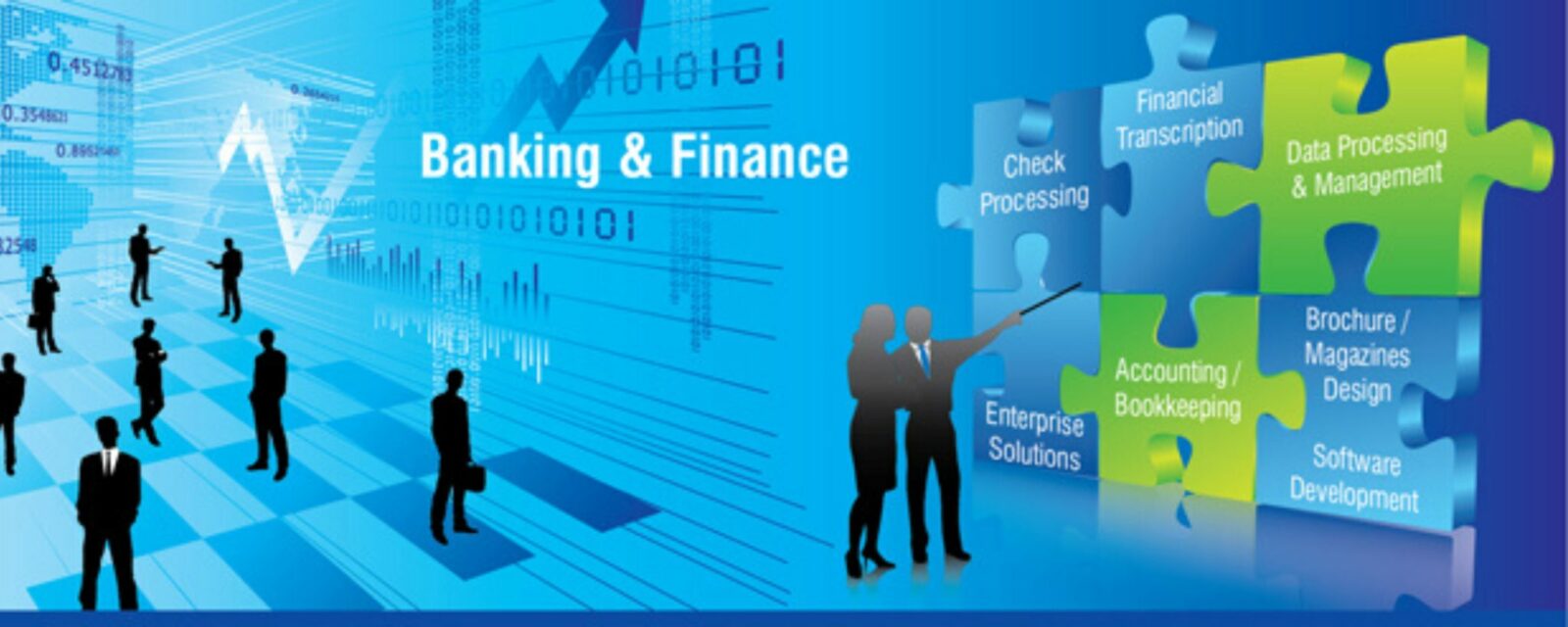Tax Reform for Financial Institutions: Beyond Deferred Taxes

For many financial institutions, President Trump’s signing of the Tax Cuts and Jobs Act (TCJA) on December 22, 2017 set into motion a quick and furious dive into its impact and the complex world of taxation. The immediate concern for most was the revaluation of the deferred tax asset (or liability) for a new tax rate. The impact caused varied impacts on the bottom line, effective tax rates, and future tax expense of banks. Lost in that deferred tax shuffle might have been some of the other changes that will affect financial institutions (and other taxpayers) going forward. This article tries to shed some light on other changes left in the wake of tax reform.
Tax rate:
The corporate tax rate is now a flat rate of 21%. This is applicable to the 2018 tax year. For fiscal year filers with a tax year beginning in 2017 and ending in 2018, a blended tax rate should be used.
Meals and entertainment:
Tax reform changed the deduction of meals and entertainment, as entertainment expenses are now (for expenses incurred on or after January 1, 2018) 100% disallowed and food and beverages that are de minimis fringe benefits are now only 50% deductible (they were 100% deductible prior). For more information on the specific changes to meals and entertainment please see this article.
In terms of impact on financial institutions, this could change some permanent differences that factor into your tax expense calculation. It might be best to separate entertainment expenses into a new general ledger account so that when the tax expense calculation is done, the 100% disallowed entertainment expenses are easily separated from the 50% deductible meal expenses.
For reference, here are some examples of types of expenses that fall into the fully deductible, 50% deductible and non-deductible categories under the new rules. (Note that this is not intended to be an exhaustive list.)
100% Deductible:
- Office party/picnic that benefits all employees
- Meals included in employee’s W-2 as Compensation (or in 1099-MISC for independent contractor)
50% Deductible:
- Business meals with customers, prospective customers, professional colleagues, etc. as long as there is a business purpose
- Meals during business travel
- Meals at a seminar/conference
- Meals provided at the office during meetings
- Meals provided for the convenience of the employer, e.g. occasional overtime meals (through 2025; nondeductible thereafter)
- Water, coffee & snacks provided to employees at the office (through 2025; nondeductible thereafter)
- Meals provided in employer’s on-site dining facility (through 2025; nondeductible thereafter)
Nondeductible:
- Entertainment, including meals portion unless the meals are on a separate invoice or separate line item on the receipt, even if there is a business purposes.
- Club membership dues
Dividends received deduction:
The dividends received deduction was also changed by tax reform. Please see the chart below for a comparison of the old dividends received deduction percentages to the new percentages. This could have an impact on your tax expense calculation for tax years beginning on or after January 1, 2018.
| Ownership Percentage | Deduction % Tax years beginning before 1/1/18 | Deduction % Tax years beginning after 12/31/17 |
| Less than 20% | 70% | 50% |
| 20% but less than 80% | 80% | 65% |
| 80% or more | 100% | 100% |
Alternative Minimum Tax (AMT) Rate and credits:
Going forward (for tax years beginning in 2018) the AMT tax is no longer applicable for C corporations. For fiscal year filers with a tax year beginning in 2017 and ending in 2018 a blended AMT rate will be used.
Companies with AMT credit carryforwards will be able to utilize them in full in many cases. The credit will be refundable up to 50% for tax years 2018, 2019, and 2020. After 2020 the AMT credits will be 100% refundable in 2021. Here is an example of how it could work:
BNN Savings Bank has AMT credit carryforward of $500,000 at the end of fiscal year ending March 31, 2018. For the year ending March 31, 2019 BNN Savings Bank can utilize 50%, or $250,000, of its remaining AMT credit carryforward. For 3/31/20 BNN Savings Bank can use $125,000 (50% of the remaining $250,000) and for 3/31/21 it can use $62,500. For the year ending 3/31/2022 the remaining $62,500 can be used and the AMT credit carryforward would then be reduced to zero.
It should be noted that more guidance is still needed as to what happens to AMT credit carryforwards when an ownership change occurs.
Net operating losses:
The rules regarding business net operating losses have changed going forward. Losses incurred for tax years ending after December 31, 2017 can be carried forward indefinitely but cannot be carried back. Additionally for calendar year taxpayers, these losses are subject to an 80% income limitation when they are used. Losses incurred for tax years ending before December 31, 2017 are still subject to the pre-tax reform rules.
Due to a quirk in the way the law is written, fiscal year filers could see a combination of the two new rules for losses in their fiscal years ending in 2018. For these losses, there will be no carryback available, but the 80% limitation will not apply.
FDIC insurance premiums:
Financial Institutions with consolidated assets over $10 billion will have limits on the amount of FDIC insurance premiums that can be deducted after 2017. Financial Institutions with consolidated assets in excess of $50 billion will not be allowed to deduct any FDIC insurance premiums.
Low income housing investments:
Tax reform did not alter the low income housing credit. It did modify the rehabilitation credit often associated with these investments though, as the 10% credit for buildings that are not certified historic structures is no longer available, and the 20% credit (historic structures) is now claimed ratably over five years instead of all in one year. Many banks have invested in these in the past and found a good rate of return based on the credits and tax losses allocated to them on a Schedule K-1. However, consideration should be given to rate of return in light of the new lower tax rate.
Depreciation:
Tax reform changed a number of rules related to depreciation that could fill an article by themselves. However, the quick bullet point changes are:
- Section 179 maximum expensing amount has increased to $1,000,000 while the phase-out threshold increases to $2,500,000.
- Section 179 property will include some improvements to non-residential property such as roofs, HVAC systems, and fire and alarm protection systems.
- Bonus depreciation is increased from 50% to 100% for assets placed in service after September 27, 2017 and before January 1, 2023 with a phase-out range starting on January 1, 2023 and extending to 2027.
- Used fixed assets will be eligible for bonus depreciation
- Qualified leasehold improvement property, qualified restaurant property, and qualified retail improvement property are no longer separately defined and have mostly been folded into the definition of qualified improvement property.
States have varying degrees of conformity with IRS rules when it comes to tax depreciation and expensing, so state considerations will likely factor into decisions concerning whether to use bonus depreciation, Section 179, or to not accelerate depreciation at all.
162(m) – Limitation on officer compensation:
This is another topic that could fill an entire article, but changes were made to the Section 162(m) limit on the deduction for officer compensation. The 162(m) rules apply to public traded companies, but will now also apply to companies with publicly traded debt. The door was also left open for it to be applicable to other large C or S Corporations but what those other companies are have not yet been defined.
One of the other big changes to 162(m) is that the exception for qualified performance-based compensation is no longer available unless it is pursuant to a written binding contract in effect on or before November 2, 2017 and that has not been materially modified.
A last note on 162(m) is that when considering some items in your deferred tax inventory, such as deferred compensation, you might need to consider if some of those expenses will not be fully deducted in the future because of the limitations imposed by 162(m).
Family & Medical Leave credit:
Wages paid in 2018 and 2019 to employees for paid leave under the Family & Medical Leave Act (FMLA) will be eligible for a credit of 12.5 – 25% of the wages amount. The percentage amount is dependent on the rate of the employee’s earnings that is paid during the leave – the more paid to the employee, the higher percentage credit the employer receives. The employer must pay the employee at least 50% of their normal pay in order to receive a credit and must provide at least two weeks leave. Common situations qualifying for FMLA leave include birth or adoption of a child, caring for a family member with serious illness, and a serious health condition of the employee. Please contact your BNN tax adviser if you think you may qualify for this credit to make sure you meet all the conditions.
Other tax changes:
Consideration should be given to other aspects of tax reform that may impact the bank’s customer base. With the increase in the standard deduction, and the limitation on deducting income taxes as an itemized deduction, the cost of home ownership to many people might increase. This could affect the mortgage market and the demand from consumers. Additionally, businesses might face a limit on the deduction of interest expense, which could affect their borrowing decisions and might lead to businesses considering other alternatives such as renting or leasing.
Conclusion:
This article is not meant to be an all-encompassing summary of the tax reform act but simply a quick summary of items we think are most likely to affect financial institutions. For other details regarding tax reform, including personal tax provisions, whether you should consider converting to a C Corporation, home refinancing, etc., we recommend visiting our TCJA Resource Center.
Lastly, much of the information above applies mostly to C Corporations. Other changes were made in the S Corporation arena and we would recommend you reach out to your BNN advisor to discuss those implications in more detail if you are taxed as an S Corporation financial institution.
If you have any questions on how tax reform might affect your financial institution, or if you have any other questions regarding tax matters, please reach out to Adam Aucoin or your BNN advisor at 800.244.7444.
Disclaimer of Liability: This publication is intended to provide general information to our clients and friends. It does not constitute accounting, tax, investment, or legal advice; nor is it intended to convey a thorough treatment of the subject matter.
